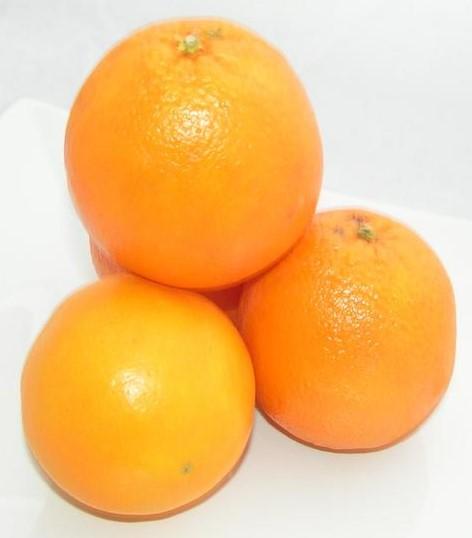The History and Use of Citric Acid

In addition to providing a source of d-limonene and natural terpenes, citrus fruits also provide us with citric acid, an essential ingredient used in many of our daily use and specialty consumer products.
Citric Acid was discovered by the eighth century alchemist Jabir Ibn Hayyan who also discovered hydrochloric acid, nitric acid, acetic acid, and tartaric acid. It was first isolated in 1784 by Swedish chemist Carl Wilhelm Scheele. He crystallized it from lemon juice.
Citric acid is an organic compound found in fruits of the genus Citrus in the family Rutaceae. These include lemons, grapefruits, oranges, tangerines, and limes.
Citrus acid appears in white powder form when it is at room temperature. It can be in either anhydrous or water-free form or monohydrate form which contains one water molecule for each molecule of citric acid.
The wide range of uses for citric acid include:
- Citric acid is used as a food flavoring and also as a preservative in both food and beverages, particularly soft drinks.
- Citric acid is the active ingredient in many cleaning solutions because it is environmentally benign.
- It is effective in many soaps and laundry detergents because it can chelate metals. Â
- Citric acid helps to keep fat globules separate in ice cream.Â
- Citric acid can be added to recipes in place of fresh lemon juice.Â
- It helps to open cuticles in hair and is used in shampoo to remove wax and coloring.Â
- Citric acid is used as a stop bath in photography.Â
- Citric acid is used in both the biotechnology and pharmaceutical industries to passivate high purity process piping.
These are just some of the amazing applications for citric fruits. For more citrus cleaning products, visit the Citrus Depot store.
